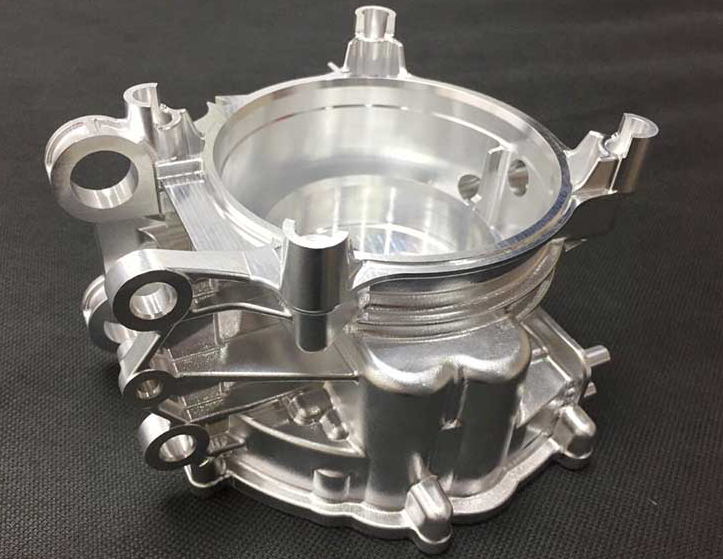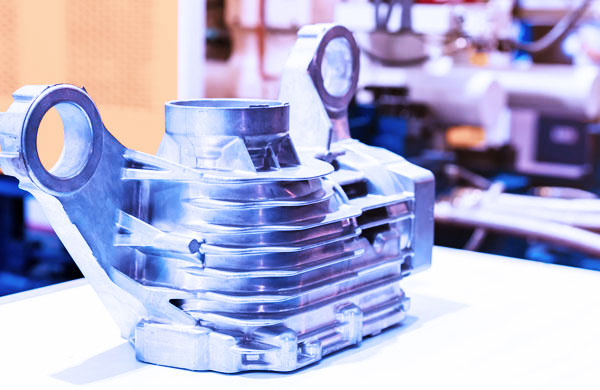Examine This Report on Stahl Specialty Company
Examine This Report on Stahl Specialty Company
Blog Article
Stahl Specialty Company Things To Know Before You Get This
Table of ContentsStahl Specialty Company Fundamentals ExplainedStahl Specialty Company Fundamentals Explained4 Easy Facts About Stahl Specialty Company ShownAll about Stahl Specialty CompanyStahl Specialty Company Things To Know Before You Get This
There are several small distinctions between wrought and cast aluminum alloys, such as that cast alloys can consist of a lot more substantial quantities of various other metals than functioned alloys. But the most noteworthy difference between these alloys is the fabrication process where they will most likely to provide the last item. Other than some surface treatments, cast alloys will certainly leave their mold in virtually the specific strong type preferred, whereas wrought alloys will certainly undertake several modifications while in their strong state.If you think that a functioned alloy may be the ideal for your job, take a look at several of our short articles that explain even more regarding particular functioned alloys, such as Alloy 6061 and Alloy 6063. On the other hand, if you assume a cast alloy would certainly be better for you, you can discover more about some cast alloys in our Alloy 380 and Alloy 383 articles (coming quickly).

Having the experience and industry knowledge to engineer your spreadings for optimal production and high quality results will certainly enhance the task. Making light weight aluminum spreading calls for a complicated set of procedures to achieve the best results. When choosing a brand-new aluminum factory to partner with, ensure they have extensive market experience and are experienced regarding all elements of the aluminum casting procedure: layout, manufacturing, product evaluation, and product testing.
Stahl Specialty Company Can Be Fun For Everyone
The factory should additionally have a tested record of supplying remarkable products that meet or go beyond client expectations. Quality control should additionally be at the top of your listing when choosing a light weight aluminum foundry. By collaborating with a qualified shop who adheres to the standards for quality assurance, you can safeguard the honesty of your product and guarantee it meets your requirements.
By choosing a business who uses solutions that fulfill or surpass your item needs, you can be certain that your project will certainly be completed with the utmost Bonuses accuracy and performance. Various components require different manufacturing techniques to cast light weight aluminum, such as sand spreading or pass away casting.

Pass away spreading is the name offered to the procedure of developing intricate steel parts via usage of mold and mildews of the part, additionally recognized as passes away. It creates more elements than any type of other process, with a high level of precision and repeatability. There are 3 sub-processes that fall under the classification of die casting: gravity die casting (or irreversible mold and mildew spreading), low-pressure die casting and high-pressure die casting.
After the pureness of the alloy is evaluated, dies are produced. To prepare the dies for spreading, it is vital that the dies are clean, so that no deposit from previous productions continue to be.
The pure steel, also called ingot, is included in the heating system and maintained the molten temperature level of the metal, which is after that transferred to the shot chamber and infused into the die. The pressure is then kept as the metal strengthens - aluminum metal casting. When the metal strengthens, the cooling process starts
The thicker the wall of the component, the longer the cooling time as a result of the amount of indoor steel that likewise requires to cool. After the part is completely cooled down, the die halves open and an ejection device pushes the element out. Following the ejection, the die is closed for the next shot cycle.
Some Known Questions About Stahl Specialty Company.

However, this proved to be an incorrect test, due to the fact that the tester can cut into an item and miss out on a location with porosity. Today, leading producers use x-ray screening to see the entire interior of parts without cutting right into them. This allows them to more properly accept or reject parts. To reach the finished product, there are three key alloys utilized as die casting product to choose from: zinc, light weight aluminum and magnesium.
Zinc is one of the most previously owned alloys for die casting due to its reduced price of raw products. Its rust resistance additionally allows the elements to be long enduring, and it is one of the more castable alloys due to its lower melting point - Foundry.
Little Known Facts About Stahl Specialty Company.
As stated, this alloy is one of one of the most commonly used, yet manufactures will, at times, choose aluminum over zinc due to light weight aluminum's production benefits. Light weight aluminum is extremely affordable and among the a lot more functional alloys. Light weight aluminum is utilized for a number of different items and sectors anything from home window frameworks to aerospace materials.
Report this page